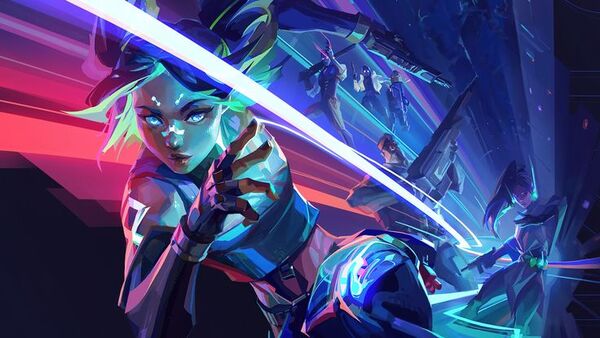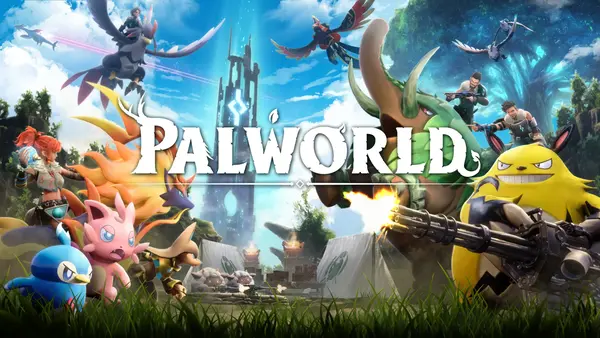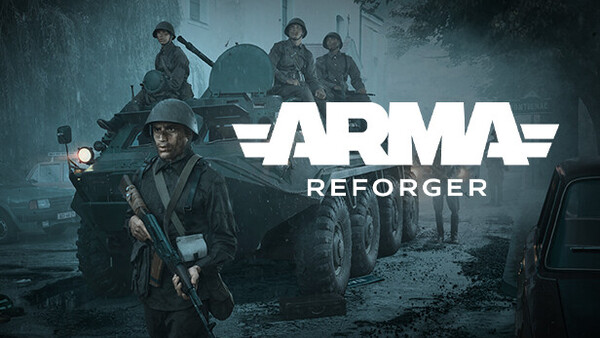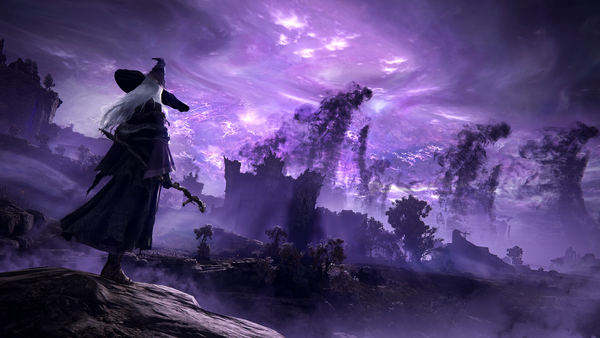Advertisement
Popular Now
Introduction
Valorant, developed by Riot Games, is a tactical first-person shooter (FPS) that combines the precision of traditional gunplay with unique character abilities. Since its release in 2020, Valorant has become a major player in the competitive esports scene. Mastering Valorant requires not only mechanical skill but also a deep understanding of team dynamics, strategy, and ability usage. This article will provide a detailed, step-by-step guide on how to master Valorant, offering tips and strategies that will help you climb the competitive ranks and dominate the game.
1. Understanding the Basics: Movement and Shooting
Before diving into advanced tactics, you need to master the core mechanics of Valorant: movement and shooting. These elements form the foundation of your gameplay and will influence your performance across all aspects of the game.Counter-Strafe for Precise Shooting
Unlike many modern shooters, Valorant penalizes shooting while moving. To maintain accuracy, you need to master counter-strafing. This technique involves stopping your movement by tapping the opposite directional key before shooting, allowing you to land more accurate shots without the penalty of moving.Practice Aim Precision
Aiming is the most crucial skill in Valorant. Spend time in the shooting range to refine your accuracy. Focus on headshots as they deal significantly more damage, especially with weapons like the Vandal or Sheriff. Use Aim Trainers or the Valorant range to develop muscle memory for flick shots and crosshair placement.2. Learning the Agents: Choosing Your Main
Each agent in Valorant has a unique set of abilities that can greatly influence the outcome of a match. Knowing how to play your main agent well is essential to becoming a successful player.Initiators, Duelists, Controllers, and Sentinels
The agents in Valorant are divided into four classes: Duelists, Initiators, Controllers, and Sentinels. Duelists (like Jett and Reyna) excel in taking aggressive fights, while Initiators (like Sova and Breach) provide information and disrupt enemy strategies. Controllers (like Brimstone and Omen) control map areas with smokes, and Sentinels (like Sage and Killjoy) provide support through healing and utility.Choosing a Role Based on Playstyle
Select an agent that fits your playstyle. If you enjoy aggressive, frag-heavy gameplay, consider a Duelist like Jett. If you prefer supporting your team with information or smokes, an Initiator or Controller may suit you better. Spend time practicing with multiple agents to become adaptable to different team compositions.3. Mastering Map Knowledge: Understanding Layouts and Angles
Map knowledge is one of the most critical aspects of Valorant. Each map has unique layouts, chokepoints, and plant sites that you must learn to optimize your play.Callouts and Positioning
Every map has specific callouts, such as "Heaven," "Garage," or "A Short." Learn these callouts to communicate effectively with your team. Proper positioning is key to holding and attacking sites, so take time to study the best positions to play from, both defensively and offensively.Using Smokes and Utility for Map Control
Smokes and other abilities are crucial for controlling sightlines and pushing into sites. Learn where to place smokes to block off enemy vision and give your team safe passage. Controllers like Omen and Brimstone are essential for this role, as their smokes can make or break an attack or defense.4. The Importance of Economy Management
In Valorant, managing your in-game economy is essential to securing victory. Understanding when to buy, save, or force is a fundamental skill for all competitive players.Full Buy vs. Eco Rounds
A full buy consists of purchasing weapons, armor, and abilities, giving your team the best chance of winning a round. However, sometimes your team will need to "eco," or save money, to afford a full buy in later rounds. Knowing when to buy and when to save is critical, as poor economic decisions can lead to losing consecutive rounds.Force Buys and Half Buys
In certain situations, your team may choose to "force buy," spending all remaining credits on weaker weapons or armor. This is a high-risk, high-reward strategy. Half buys, where players purchase light armor and cheaper weapons, can be a middle ground between a full buy and an eco round.5. Team Communication and Callouts
Communication is the backbone of any team-based game, and Valorant is no exception. Effective callouts and coordination can drastically improve your team's performance.Using In-Game Voice and Ping Systems
Make use of the in-game voice chat and ping systems to relay important information to your team. Call out enemy positions, utility usage, and any damage dealt. Good communication can prevent unnecessary deaths and lead to better coordinated attacks or defenses.Stay Calm and Avoid Tilting
Maintaining a positive and calm demeanor is crucial, especially during high-pressure situations. Avoid shouting or blaming teammates for mistakes. Stay focused on providing constructive communication to keep your team coordinated and composed.6. Utilizing Abilities Effectively
While gunplay is central to Valorant, agent abilities add a layer of depth and strategy that sets the game apart. Learning how and when to use your abilities can make all the difference.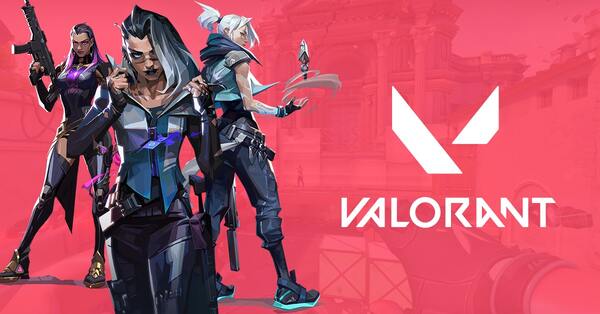
Abilities as Support, Not Crutches
Abilities are tools to enhance your gameplay, not replace it. Use them to gain information, block sightlines, or support your team, but don’t rely on them to win fights. Balance your ability usage with strong mechanical skills to maximize your effectiveness.Ultimate Abilities: Game-Changers
Each agent has an ultimate ability that can significantly influence a round. Knowing when to use your ultimate can be the key to winning crucial rounds. For example, using Sova’s Hunter’s Fury to clear out bombsites or Skye’s Seekers to gather intel on enemy positions can turn the tide of a match.7. Developing Game Sense: Predicting Enemy Movements
Game sense, or the ability to predict what your opponents will do, is one of the most valuable skills in Valorant. It can often be the difference between winning and losing rounds.Learning from Patterns and Behavior
Pay attention to enemy patterns. Do they favor certain sites or push aggressively after planting the spike? Use this information to predict their next moves and counter them effectively. Over time, you will develop a sixth sense for where enemies might be and how they will play.Pre-Aiming and Pre-Firing
Use pre-aiming and pre-firing to your advantage. If you expect an enemy to be holding an angle, aim at head level and fire preemptively. This technique can catch opponents off guard and secure early kills.8. Improving Game Mechanics: Aim Training and Crosshair Placement
While game sense and strategy are crucial, you can't neglect the mechanical aspect of Valorant. Mastering aim, crosshair placement, and reflexes are key to outplaying your opponents.Crosshair Placement for Headshots
One of the most important skills to develop is good crosshair placement. Always keep your crosshair at head level and positioned where you expect enemies to appear. This will minimize the time it takes to adjust your aim and increase your chances of landing headshots.Aim Training Routines
Incorporate daily aim training routines using the Valorant range or external aim trainers like Aim Lab. Focus on flick shots, tracking, and reaction time to sharpen your accuracy and reflexes.9. Post-Plant Situations: Playing the Spike
Post-plant scenarios, where the spike is planted, require precise tactics to either defend or retake the site. Knowing how to play these situations is critical to winning rounds.Defending the Spike
When defending the spike, position yourself to watch the bomb while maintaining cover. Use utility to delay defuses, such as molotovs from agents like Phoenix or Viper. Play the clock and force the enemy to take unfavorable fights.Retaking a Site
If you're on the team that needs to defuse the spike, coordinate with your teammates to retake the site. Use utility to clear angles and force enemies out of hiding. Communication is key in these situations, so make sure to relay enemy positions and strategize your approach.10. Staying Consistent: Practice, Mindset, and Improvement
Consistency is the final and most challenging step in mastering Valorant. Continuous practice, a growth mindset, and learning from mistakes will keep you improving over time.